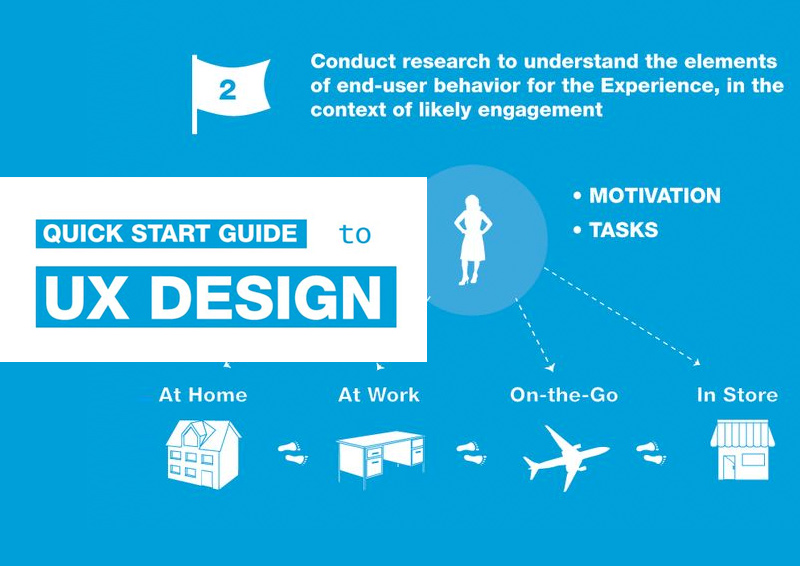The Development Of Web Site Design: From Earlier Times To Currently
The Development Of Web Site Design: From Earlier Times To Currently
Blog Article
Author-Bradshaw Hejlesen
In the past, web sites were easy and focused on details. Navigating was straight, and layout was for desktop computers. Now, user experience is essential. Data guides layouts for very easy navigation. Receptive designs fit various gadgets. Today, dark setting minimizes pressure, and minimalist food selections boost navigating. Interactive functions involve users, and strong visuals stand apart. AI integration boosts interaction. See how design has progressed to enhance your on the internet journey.
Early Days of Website Design
In the early days of website design, simpleness reigned supreme. Websites were standard, with minimal colors, typefaces, and formats. The emphasis got on supplying details instead of flashy visuals. Customers accessed the net through sluggish dial-up links, so rate and functionality were crucial.
Navigating menus were straightforward, generally situated at the top or side of the page. Internet sites were made for home computer, as mobile surfing had not been yet widespread. Web content was king, and developers prioritized very easy readability over intricate style components.
HTML was the main coding language made use of, and designers needed to work within its restraints. Computer animations and interactive features were marginal contrasted to today's criteria. Web sites were fixed, with little vibrant content or personalized customer experiences.
Increase of User-Focused Design
With the advancement of site layout, a shift in the direction of user-focused style concepts has ended up being increasingly popular. Today, producing internet sites that prioritize user experience is vital for engaging visitors and achieving company goals. User-focused style includes recognizing the needs, choices, and behaviors of your target audience to customize the website's design, material, and features accordingly.
Developers currently perform complete research study, such as individual surveys and use testing, to gather understandings and responses directly from users. This data-driven approach aids in creating instinctive navigation, clear calls-to-action, and visually enticing user interfaces that reverberate with site visitors. By placing the customer at the facility of the design process, internet sites can provide a more individualized and satisfying experience.
Receptive layout has actually likewise become an essential aspect of user-focused layout, making sure that web sites are maximized for different gadgets and display sizes. This adaptability improves availability and usability, satisfying the varied means customers communicate with sites today. In essence, the surge of user-focused design indicates a change in the direction of producing digital experiences that focus on the requirements and assumptions of completion user.
Modern Trends in Web Design
Explore the most recent trends forming web design today. https://www.hospitalitynet.org/opinion/4108906.html is dark setting style, supplying a streamlined and modern-day look while lowering eye stress in low-light atmospheres. An additional key fad is minimalist navigation, streamlining menus and enhancing customer experience by concentrating on essential elements. Integrating micro-interactions, such as animated switches or scrolling impacts, can develop a more interesting and interactive internet site. Responsive layout continues to be crucial, guaranteeing seamless user experiences throughout various tools. Furthermore, utilizing bold typography and asymmetrical layouts can add visual passion and accentuate specific web content.
Integrating AI innovation, like chatbots for customer support or customized referrals, boosts customer interaction and improves processes. Access has likewise end up being a substantial trend, with developers prioritizing inclusive layout methods to accommodate varied user requirements. Embracing sustainability by optimizing internet site efficiency for rate and efficiency is an additional arising trend in web design. Teaming up with user feedback and data analytics to repeat and improve style continually is important for remaining pertinent in the ever-evolving digital landscape. By accepting these contemporary trends, you can create an aesthetically appealing, straightforward website that resonates with your audience.
Conclusion
As you assess the evolution of website layout from the early days to currently, you can see exactly how user-focused design has actually become the driving force behind contemporary trends.
Embrace the trip of adjustment and adaptation in web design, constantly keeping the individual experience at the leading edge.
Keep present with the most recent trends and innovations, and never quit evolving your approach to develop visually magnificent and straightforward sites.
Advance, adapt, and create - the future of website design remains in your hands.
